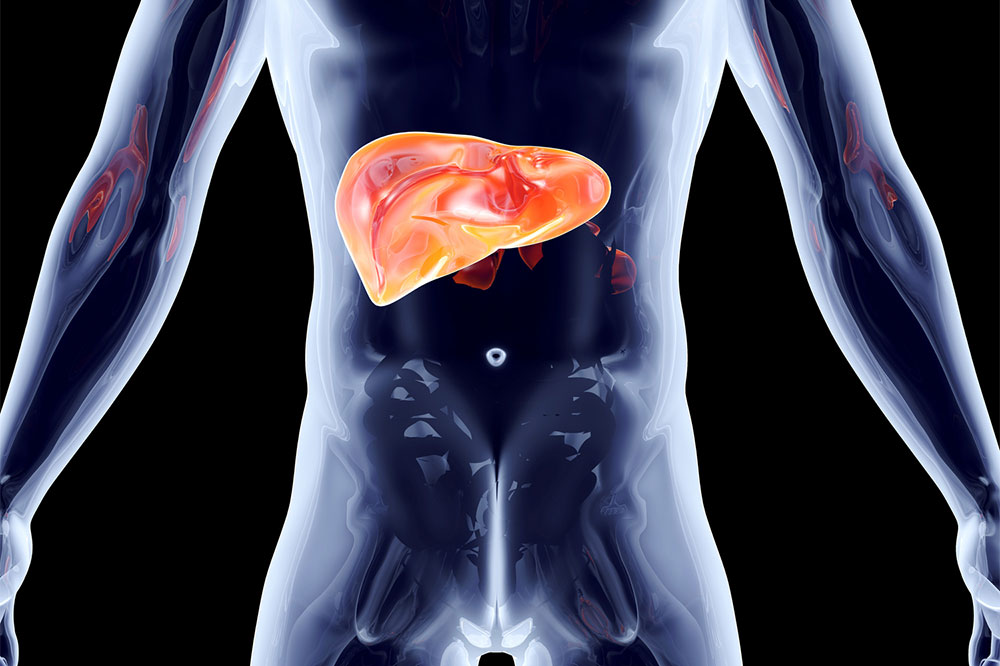8 early and noticeable signs of lupus

Lupus is an autoimmune disorder that causes the immune system to attack its healthy cells mistakenly. It mainly triggers inflammation that affects vital organs and functions and increases the risk of several health complications that develop. The condition has no cure, but it is possible to manage it with healthy lifestyle changes, nutrition, and treatment. Knowing these early signs and symptoms is the key to early diagnosis and treatment.
Unexplained fatigue
Feeling extremely tired despite getting good rest can be an early sign of developing lupus. Some people sleep in the afternoon to try and counter daytime fatigue but only develop insomnia at night. Fatigue, if left unchecked, interrupts daily routine and becomes difficult to overcome after a point.
Developing a new rash
A butterfly rash developing across both cheeks starting right from the center of the face symmetrically is another early warning sign of lupus. Some people develop a severe rash that is bright red. It looks prominent and has scaly patches.
Increased skin sensitivity
People who develop lupus will also struggle with increased skin sensitivity, especially when exposed outdoors to the sun. In addition, UVA and UVB radiation triggers severe sunburn and causes skin symptoms to flare up with minor exposure.
Skin lesions
Inflammation of the blood vessels can cause hives to break out, resulting in reddish-blue staining under the skin, or even cause purple discoloration because of ruptured blood vessels. Some people might also develop oral and nasal sores with visible skin discoloration that further changes with exposure to different types of weather. These are signs that should never be ignored.
Pain in the joints and muscles
Early joint pain and stiffness of the muscles that get worse after waking up in the morning could also be a sign of lupus. This is mainly caused by the underlying inflammation triggered by an active autoimmune response. Even muscle groups in the elbows, fingers, and shoulders begin to ache frequently due to inflammation of the connecting tissues and tendons. Therefore, it is a worrying sign that should not be ignored.
Low hemoglobin
Lupus can trigger blood disorders like anemia, where the body struggles to produce a vital protein called hemoglobin. This hemoglobin carries oxygen in red blood cells to all vital organs and functions. Low hemoglobin results in fatigue, dizziness, headache, and shortness of breath. It even impacts heart rate.
Swelling in the limbs
Some people will also experience swelling in their hands or feet. This happens because the autoimmune responses affect the functioning of the kidneys, causing a buildup of fluids in the body that trigger this swelling. It’s mainly noticeable in the hands, around the ankles, and even around the eyes.
Gastric problems
Lupus can also cause digestive problems like frequent heartburn or peptic ulcers that result in bloating, gas buildup, nausea, vomiting, stomach pain, and bowel movements with blood discharge. These symptoms should not be ignored.






